Akwesasne Mohawk Ambulance
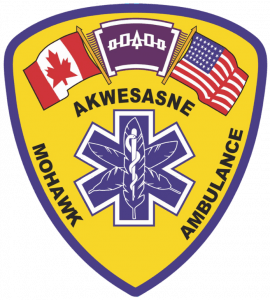
AKWESASNE EMERGENCY DISPATCH: 613-575-2000
AKWESASNE MOHAWK AMBULANCE
The Akwesasne Mohawk Ambulance (AMA) is an Advanced Life Support (ALS) ambulance service that operates 24 hours a day, 7 days a week and 365 days a year, employing 24 staff on 2 12-hour shifts. Our service covers the entire community of Akwesasne: the northern districts of Kana:takon (St. Regis), Tsi Snaihne (Snye), Kawehno:ke (Cornwall Island), and the southern portion of the community.
HISTORY
The Akwesasne Mohawk Ambulance Unit (AMA) was established in December of 1981. They were formally known as the St. Regis Ambulance. Prior to the establishment of the service, people in the community had to rely on outside sources for emergency medical services, and sometimes had to wait up to forty-five minutes for an ambulance to arrive. The leadership at that time had decided that waiting for that length of time in an emergency situation was unacceptable, and decided the only way to properly care for the people was to start their own ambulance service. The service employed 8 personnel with American Red Cross Certified Advance First Aid with 2 Supervisors and a Manager.
By 1985, they were receiving training through the New York State Department of Health as Emergency Medical Technicians.
In 1986, due to the growing medical needs of the community, the Akwesasne Emergency Team (A-Team), a volunteer rescue squad from Hogansburg was created to respond to calls on the southern portion of the community.
In 1987, the Akwesasne Emergency Team (A-Team) turned their equipment, vehicles and Certificate of Need over to the Mohawk Council of Akwesasne’s Ambulance Unit. Many of the volunteers joined Akwesasne Mohawk Ambulance.
Akwesasne Mohawk Ambulance personnel were then required to acquire New York State EMT certification along with that certification, they gained medical control through New York State under the Mountain Lakes Regional EMS Council.
From 1987 to 2012 the Akwesasne Mohawk Ambulance was the sole responding ambulance on the territory of Akwesasne, which includes the three Districts of Kawehnoke, Kanatakon, and Tsisnaihne, the St. Regis Mohawk Tribe in the New York State portion of the community and the islands in the St. Lawrence River.
In 2012 due to the growing medical needs of the community several mutual aid agreements were created. Massena Rescue and Seaway Valley Ambulance agreed to help out the community and answer medical calls when the Akwesasne Mohawk Ambulance was out on calls.
In 2016 the St. Regis Mohawk Tribe decided to hire Seaway Valley Ambulance to cover the southern portion of the territory. Akwesasne Mohawk Ambulance now serves as a back up service for the American side.
Currently they provide Advanced Life Support Care to local hospitals following the Mountain Lake EMS District Protocols, to approximately 20,000 Akwesasronon and the traveling public. At this time, they are responding to about 2000 calls per year. This call volume has increased due to the Akwesasne Mohawk Casino Resort and numerous businesses and gas stations that line Route 37 on the southern portion of the community.

COVERAGE AREA
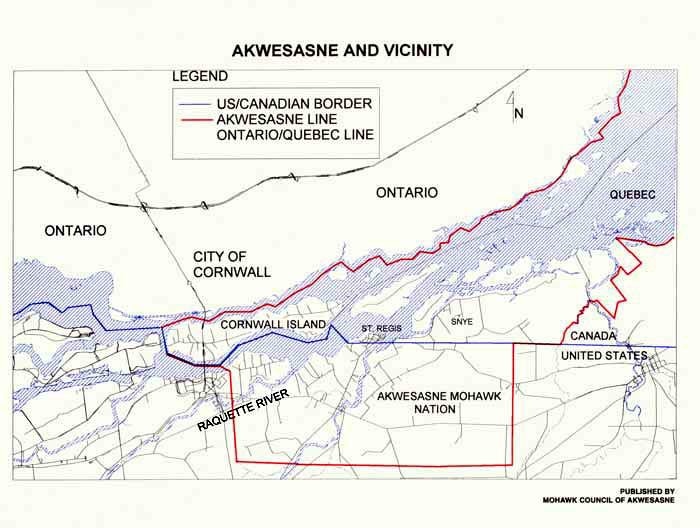
The Akwesasne Mohawk Ambulance responds to all calls on the territory of Akwesasne, which includes the three Districts of Kawehno:ke, Kana:takon, Tsi Snaihne, and the islands in the St. Lawrence River.
The St. Regis Mohawk Tribe, which is located in New York State portion of the reserve, currently contracts EMS services with Seaway Valley Ambulance out of Massena, NY. Akwesasne Mohawk Ambulance answers calls on the New York State portion when requested by the St. Regis Mohawk Tribal Police.
If you live or work on the New York State portion of the reserve and you wish to have Akwesasne Mohawk Ambulance respond to your emergency, please call 613-575-2000.
DUTIES AND RESPONSIBILITIES OF AN EMT
EMTs or Emergency Medical Technicians are the health care professionals who initially assess the condition of the patients and determine the necessary course of action. These workers provide medical support to the patients while they are carried to the hospitals. They respond to the emergencies arising out of causalities like criminal violence, natural disasters, fires, air and land accidents, etc.
Prerequisites for Becoming an EMT
Candidates who look forward to making their career as an emergency medical technician must meet the following conditions:
- You must have attained the age of 18 years and possess a high school diploma or GED.
- Complete the state-approved EMT program. Courses are normally between 150 and 180 Hours.
- Pass the State Certification Test, in order to obtain a license issued by the state.
- You are expected to have a clean criminal background.
- Acquire CPR (Cardiopulmonary Resuscitation) certification.
Skills Required
Besides meeting the above requirements, candidates are supposed to possess the following qualities:
- Excellent communication skills
- Problem-solving skills
- Physical strength
- Listening skills
- Interpersonal skills
- Compassion
Duties and Responsibilities of an EMT
- Drive to the scene and provide basic life support to the victims before they are transported to the hospital.
- Determine the right course of action after evaluating the patient’s condition.
- Provide medical aid such as AED, CPR, prevent spinal damage, ventilation, control severe bleeding, prevent shock, bandaging wounds, etc., to stabilize their condition.
- Clean the equipments. Check and replace the used and damaged supplies.
- Transfer patients to the emergency units of the hospital.
- Administration of activated charcoal, oral glucose, and oxygen.
- Prepare a patient care report and take notes of the medical treatment given to them.
- Sterilize the ambulance’s interior, if it is used to carry a patient suffering from infectious disease.
- Restock all supplies in the ambulance and replace used blankets, linens, and other supplies.
- Calm down the victims’ family members.
- Attend refresher program and continuing education as required by medical control, employers, certifying or licensing agencies.
Work Environment
The job of an EMT is emotionally as well as physically demanding. They have to work on weekends and in odd hours, and in conjunction with emergency care assistants, paramedics, police, and firefighters. These workers are generally employed by inter-hospital transport services, ambulance services, rescue and fire departments, and healthcare facilities. At times, the job of EMTs seems to be stressful as they have to shoulder a lot of responsibilities during emergency conditions. Their profession involves bending, kneeling, and moving and lifting the patients. They are exposed to injuries and contagious diseases. But, this career gives you a mental satisfaction as you save the lives of several people going through a critical phase.
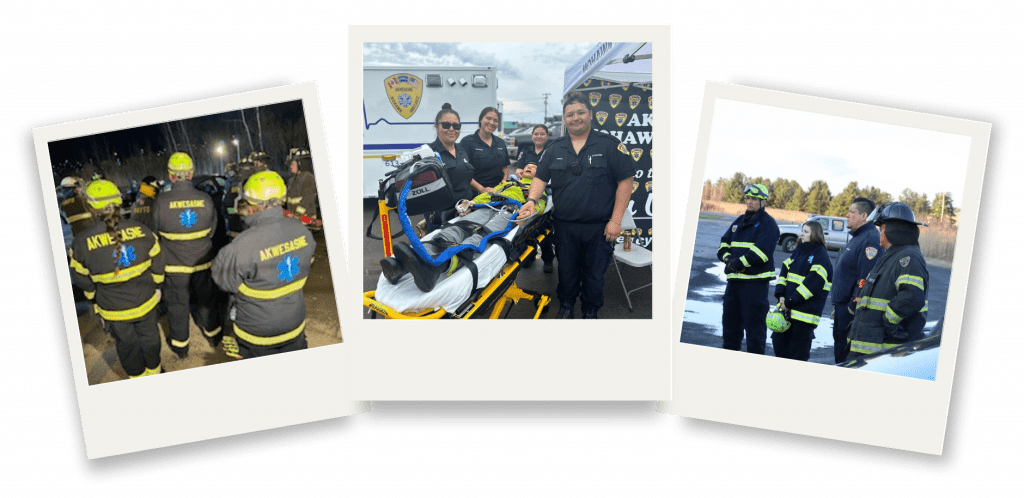
PROTOCOLS
The Akwesasne Mohawk Ambulance follows the Guidelines and Protocols set by the New York State Department of Health, Bureau of Emergency Medical and Trauma Services. You can find a complete list of the protocols here: https://www.health.ny.gov/professionals/ems/protocol.htm
We are part of The Mountain Lakes Regional EMS Council, they oversee and supports all aspects of Emergency Medical Services in the counties of Warren, Washington, Essex, Clinton and Franklin of New York State.
You can find them here: https://mountainlakesems.org/

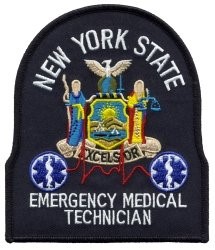
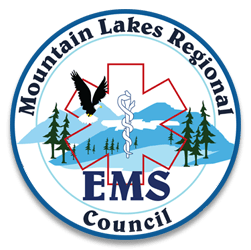
DO NOT RESUSCITATE ORDER (DNR)
Canadian Residents
Do not resuscitate order (DNR) forms are created for patients that do not want to be saved in the event their heart or breathing stops. This is generally the case for individuals with late stages of cancer or other advanced medical issues. The laws for withholding resuscitation are governed by each State and usually comes with the requirement that the patient authorizes the form along with their primary care physician, notary public, or witness(es).
You can obtain more information and the Canadian Form here: https://www.mcscs.jus.gov.on.ca/english/FireMarshal/Forms/form_DoNotResuscitate.html
American Residents
The New York do not resuscitate (DNR or DNAR) order form helps to specify a patient’s wishes regarding life-sustaining treatments and is most often used by subjects who are in the critical stages of an illness or old age. If a DNR order is indicated in the patient’s medical record, they will not be given cardiopulmonary resuscitation (CPR) in the event of a cardiac/respiratory arrest. The Medical Orders for Life Sustaining Treatment (MOLST) form is the only document that is authorized for documenting nonhospital DNR and DNI (do not intubate) orders. This form details multiple aspects of end-of-life care and is recognized by all healthcare professionals in the State.
You can obtain more information and the New York Form here: https://www.health.ny.gov/professionals/patients/patient_rights/molst/
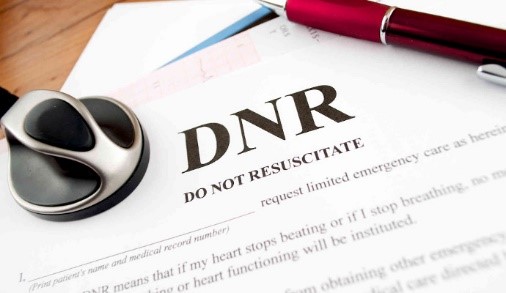
Why was HIPAA Created?
The Health Insurance Portability and Accountability Act (HIPAA) was created primarily to modernize the flow of healthcare information, stipulate how Personally Identifiable Information maintained by the healthcare and healthcare insurance industries should be protected from fraud and theft, and to address limitations on healthcare insurance coverage – such as portability and the coverage of individuals with pre-existing conditions.
Information We Protect
The staff of Akwesasne Mohawk Ambulance take your privacy very seriously, we have detailed below the eighteen personal identifiers that could allow a person to be identified. Below is a sample of personal identifiers that we consider as “Protected Health Information” or “PHI”.
|
Names or part of names |
Any other unique identifying characteristic |
|
Geographical identifiers |
Dates directly related to a person |
|
Phone number details |
Fax number details |
|
Details of Email addresses |
Social Security details |
|
Medical record numbers |
Health insurance beneficiary numbers |
|
Account details |
Certificate or license numbers |
|
Vehicle license plate details |
Device identifiers and serial numbers |
|
Website URLs |
IP address details |
|
Fingerprints, retinal and voice prints |
Complete face or any comparable photographic images |
The main takeaway for HIPAA compliance is that any staff member that comes into contact with PHI must enact and enforce appropriate policies, procedures and safeguards to protect data.
If you wish to learn more about your HIPPA rights please go to: https://www.hhs.gov/hipaa/for-individuals/guidance-materials-for-consumers/index.html
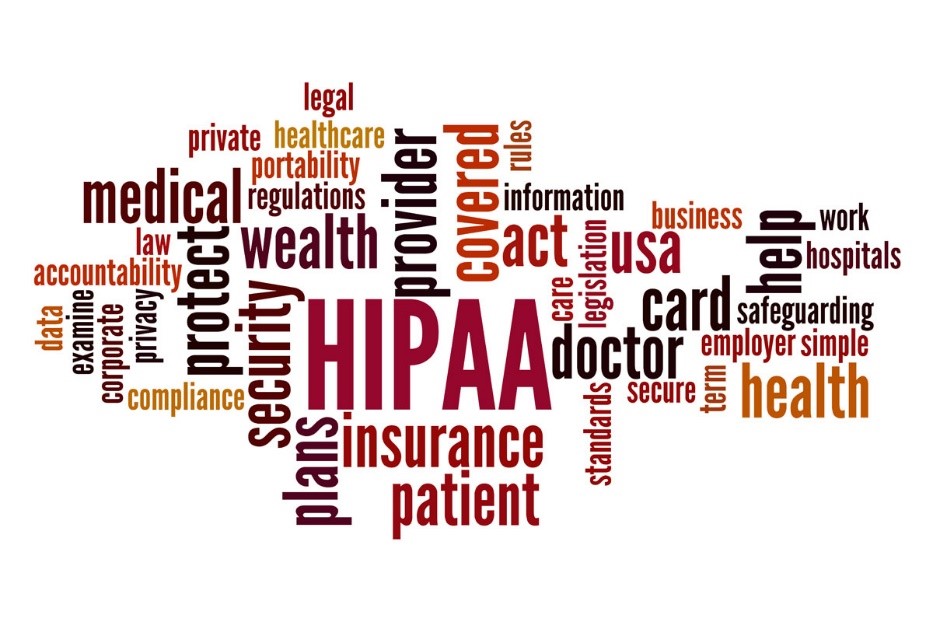
TRANSPORT
Non-Emergency Medical Transportation plays a vital role in maintaining the health and well-being of the community members of Akwesasne. Elderly patients and individuals with disabilities and chronic illnesses rely on Non-Emergency Medical Transportation to get them to and from out-patient treatment facilities.
The Akwesasne Mohawk Ambulance transports all non-ambulatory patients.
To schedule a Non-Emergency Medical Transportation please contact (613) 575-1159 during normal business hours.
Refusal of Care
As a patient of Akwesasne Mohawk Ambulance you have the right to refuse care and transport to the Hospital. When a Patient wishes to refuse care we must insure that the patient meets the following:
- Communication—The patient must be able to communicate choices without extreme indecision.
- Understanding—The patient should be able to understand by recalling conversations about treatment and able to process the possibilities of outcomes. Any problems with memory, attention span, or intelligence can affect the patient’s understanding.
- Appreciation—The patient should be able to identify the illness and outcomes as things that will affect him or her directly.
- Rationalization/Reasoning—The patient must be able to weigh risks and benefits and come to a conclusion in keeping with his or her goals and best interests. A patient’s ability to reason can be affected by psychosis, depression, anxiety, phobias, delirium, and dementia.
The EMS crew will ask you to complete the Akwesasne Mohawk Ambulance Patient Refusal Form, this is to document your right to refuse care.
If you change your mind or your conditions become worse and you to seek treatment, please do not hesitate to call us at (613) 575-2000.
To see all the guidelines for refusing care please see the NY State Protocol for Refusal of Care: https://www.health.ny.gov/professionals/ems/docs/bls_protocols.pdf








